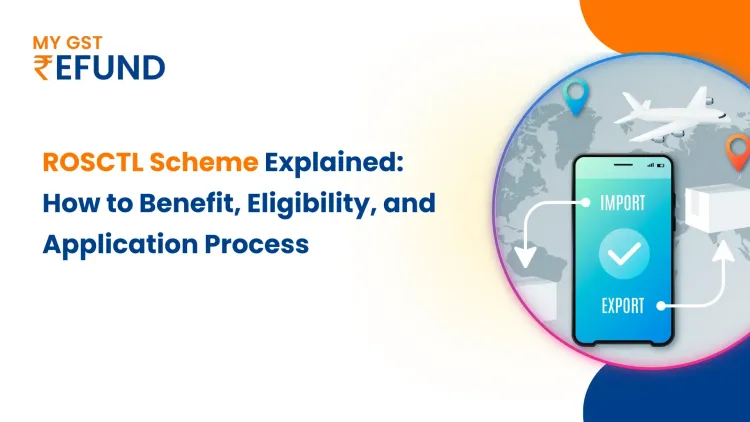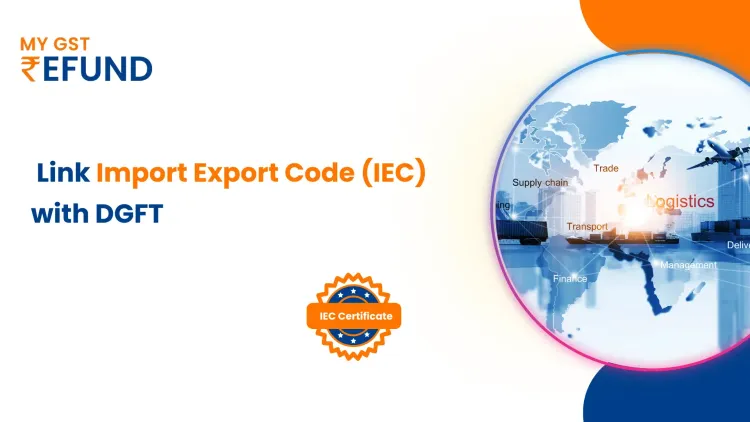Understanding the GST Rate Changes in 2023
Published on: Mon Nov 20 2023
The Goods and Services Tax (GST) has been a transformative tax reform in India since its introduction in 2017. GST has simplified the indirect tax structure by subsuming multiple taxes and unifying the tax regime across the country. One of the critical aspects of the GST system is its tax rates, which have seen various changes over the years. In this article, we will explore the GST rates in 2023 and delve into the recent changes made in the 49th and 50th GST Council meetings.
Meaning of GST Rates
GST rates refer to the percentage of tax levied on various goods and services. The rates are categorized into different slabs, including 5%, 12%, 18%, and 28%, with some items attracting a special rate of 0.25% or 3%. These rates are applied to different categories of goods and services, aiming to maintain a balance between revenue generation and reducing the tax burden on consumers.
The GST Rates in 2023
As of 2023, the GST rate structure remains consistent with the four primary tax slabs of 5%, 12%, 18%, and 28%. The determination of these GST rate slabs is within the purview of the GST Council. Since the inception of the Goods and Services Tax (GST), there have been several revisions in the GST rates applicable to various products. These rate adjustments are made with the intent of imposing higher rates on luxury items while keeping the rates lower for essential commodities.
Furthermore, businesses opting for the composition tax scheme are obligated to pay GST at reduced and nominal rates, typically set at 1.5%, 5%, or 6% based on their revenue. Within the GST framework, provisions for Tax Deducted at Source (TDS) and Tax Collected at Source (TCS) also exist, each with specific rates, namely 2% for TDS and 1% for TCS.
Decrease in the GST Rates
Over the years, there has been a constant effort to rationalize and simplify the GST rate structure. One of the objectives has been to reduce the tax burden on essential items while ensuring that luxury or non-essential goods and services are taxed at higher rates. This approach is meant to provide relief to the common man and encourage consumption.
The 50th meeting of the GST Council came to a close with notable changes in GST rates. These changes included a reduction in GST rates for specific items, the exemption of GST on imported pharmaceutical products, and the imposition of a 28% tax on online gaming. Additionally, a range of items witnessed a significant drop in their GST rates, being lowered from 18% to a more modest 5% tax bracket.
Kinds of GST Rates and Structures in India
GST rates are broadly classified into the following categories:
- 5% GST Rate: This is the lowest rate and typically applies to essential items such as food grains, basic healthcare, and public transportation.
- 12% GST Rate: Items falling under this category include processed food, computers, and certain services.
- 18% GST Rate: A wide range of goods and services, including financial services, fall under this tax slab.
- 28% GST Rate: Luxury items, automobiles, and various other goods and services fall under the highest tax slab.
Special Rates: Some items, like gold and rough precious stones, have specific GST rates, usually lower than 5%.
GST Rate Changes at the 50th GST Council meeting
The 50th meeting of the GST Council, which recently concluded, marked several significant changes in GST rates and policies. This meeting, chaired by Finance Minister Nirmala Sitharaman, took place in New Delhi .
Among the major highlights of the 50th GST Council meeting are:
1.Exemptions and Rate Reductions:
- Cancer-related drugs, medicines for rare diseases, and food products for special medical purposes have been exempted from GST tax.
The council approved a GST rate reduction on several items:
- Uncooked, unfried, and extruded snack palettes, which saw a reduction from 18% to 5%.
- Fish soluble paste, now subject to a 5% GST rate, down from the previous 18%.
- LD slag, aligned with blast furnace slag, with its rate reduced from 18% to 5%.
- Imitation zari thread, which has been brought down from 12% to 5%.
2. Cinema Hall Food Taxation:
The GST rate on foods served in cinema halls has been lowered to 5% from the earlier rate of 18%. The council clarified that the supply of food and beverages in cinema halls is taxable as a restaurant service, as long as they are supplied as part of a service and independently of the cinema exhibition service. If cinema tickets and food and beverages are bundled together in a manner that satisfies the criteria of a composite supply, the entire supply will be taxed at the rate applicable to the cinema exhibition service, which is the principal supply.
3. Online Gaming Taxation:
One of the significant developments was the imposition of a 28% tax rate on the full value of online gaming. This decision may have an impact on the Indian gaming industry, with concerns about potential litigation and differential tax issues.
The 50th GST Council meeting thus brought about various changes in GST rates and policies, impacting sectors ranging from healthcare to the entertainment industry. These decisions will have implications for businesses and consumers across the country, with further details awaiting clarification through official notifications and expert analysis.
GST Rate Changes at 49th GST Council meeting
The GST rate changes that were discussed and approved during the 49th GST Council meeting:
1.GST rate on Rab/Liquid jaggery has been reduced from 18% to:
- Nil when sold loose.
- 5% when sold packaged.
- GST rate on pencil sharpeners has been reduced from 18% to 12%.
2. GST on tracking devices fixed on durable containers is now nil, subject to certain conditions.
3. Coal rejects supplied by and to washeries would be exempt from GST.
4. GST on COVID-19 related drugs, oxygen concentrators, and other medical supplies was reduced to 5% from the previous rates.
Related Posts





